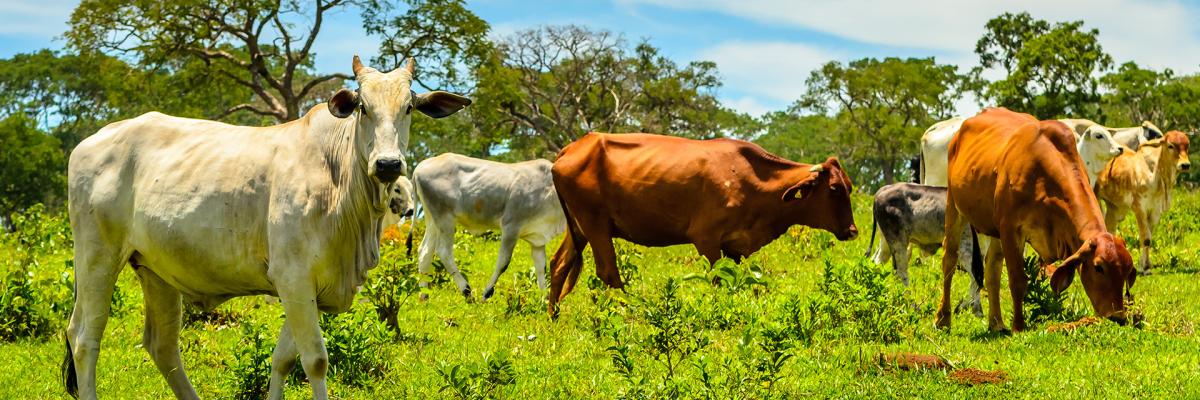
Brazil is the largest exporter of meat in the world, ranking first in beef and chicken exports. Despite its success, the Brazilian meat industry has seen unparalleled highs and lows. From scandals and disease outbreaks to general supply chain chaos, industry stakeholders have had to adapt to many setbacks in recent years.
A Recent Timeline of Brazilian Meat Exports
March 2017: Federal agents raid Brazil’s largest food companies after allegations of employees paying food inspectors to overlook their tainted and rotten meat. This became known as the “weak meat scandal.”
June 2017: The U.S. Department of Agriculture (USDA) bans imports of fresh Brazilian beef with concerns about food safety. Only heat-treated beef products may enter the U.S.
April 2018: More than twenty Brazilian poultry facilities were banned by the European Union (EU) due to the weak meat scandal. The EU accounts for 35% of Brazilian poultry exports.
February 2020: Brazilian beef is re-approved to enter the U.S. market thanks to a favorable USDA report.
Early 2021: The environmental group Mighty Earth launches a campaign to bring awareness to the Amazonian deforestation occurring at the hands of Brazilian meatpackers and soy traders.
September 2021: China bans Brazilian beef imports due to multiple cases of mad cow disease found among manufacturers. China and Hong Kong purchase more than half of Brazil’s beef exports.
December 2021: The Chinese ban on Brazilian beef is lifted.
March 2022: Canada approves beef and pork imports from Brazil, but pork may only come from Santa Catarina (the only recognized state free of foot-and-mouth disease without vaccination). Santa Catarina makes up over 50% of Brazilian pork exports.
March 2022: Grain prices soar due to the conflict in Ukraine, impacting Brazilian meatpackers’ supply costs.
April 2022: The USDA releases the Livestock and Poultry: World Markets and Trade quarterly report with the following findings:
- Brazil was the only of the four largest exporters to see overall shipments grow in 2021, raising their market share to 16%.
- Brazil’s competitive pricing may allow them to capture an even larger market share in China imports.
- Greater availability of cattle and higher slaughterhouse profitability will increase Brazilian beef production by 4%.
- Global beef trade is projected to hit record levels in 2022.
- Brazil will increase poultry production to backfill demand now unfulfilled by Ukraine.
The Outlook of Brazilian Meat Exports
Based on the USDA’s Livestock and Poultry and Agricultural Projections to 2031 reports, the outlook for Brazilian meat exports is positive. Despite the history of controversy, Brazil’s meatpackers will likely see continued growth through the next decade now that many countries are again accepting raw beef imports.
According to the USDA reports, poultry meat imports could increase by 20% globally by 2031, with China accounting for a large share of the growth as their imports increase more than 30%. Ukraine is one of the top poultry exporters, so due to the conflict and unfulfilled demand, many countries are turning to Brazil’s meatpackers for imports, making them the projected top chicken exporter for the next ten years.